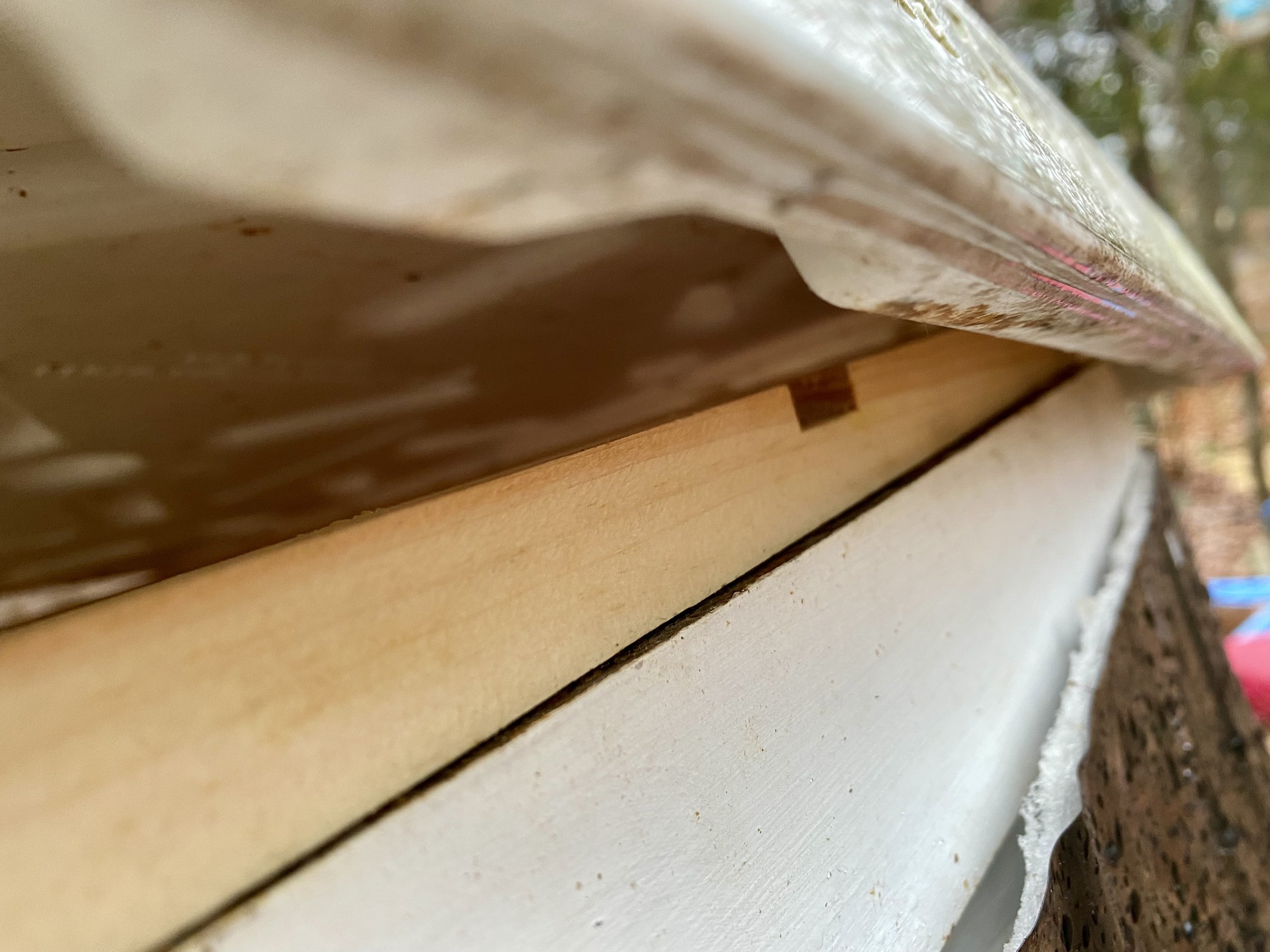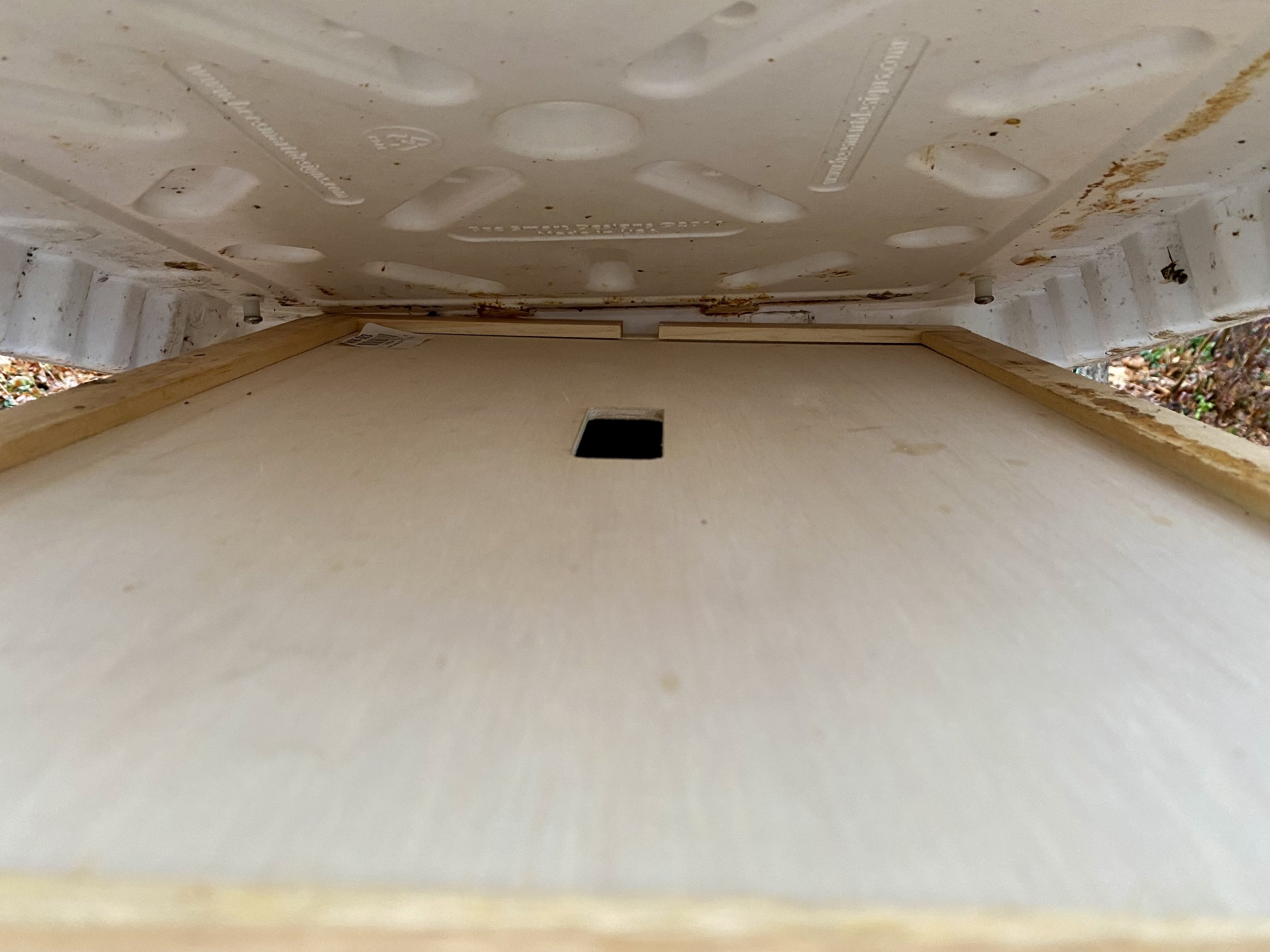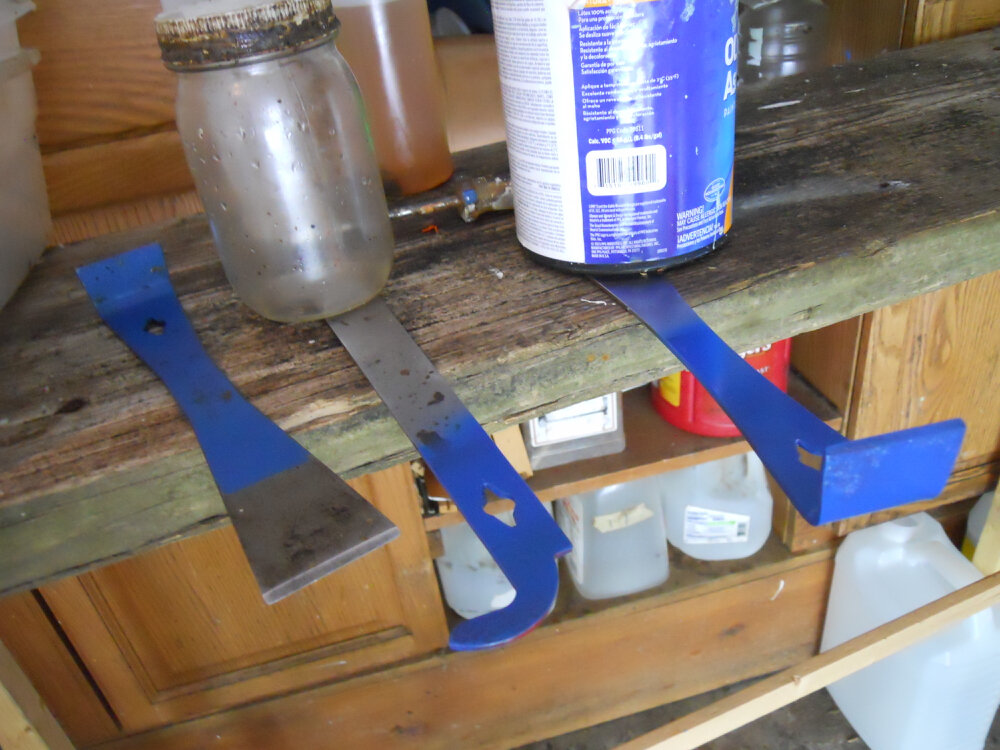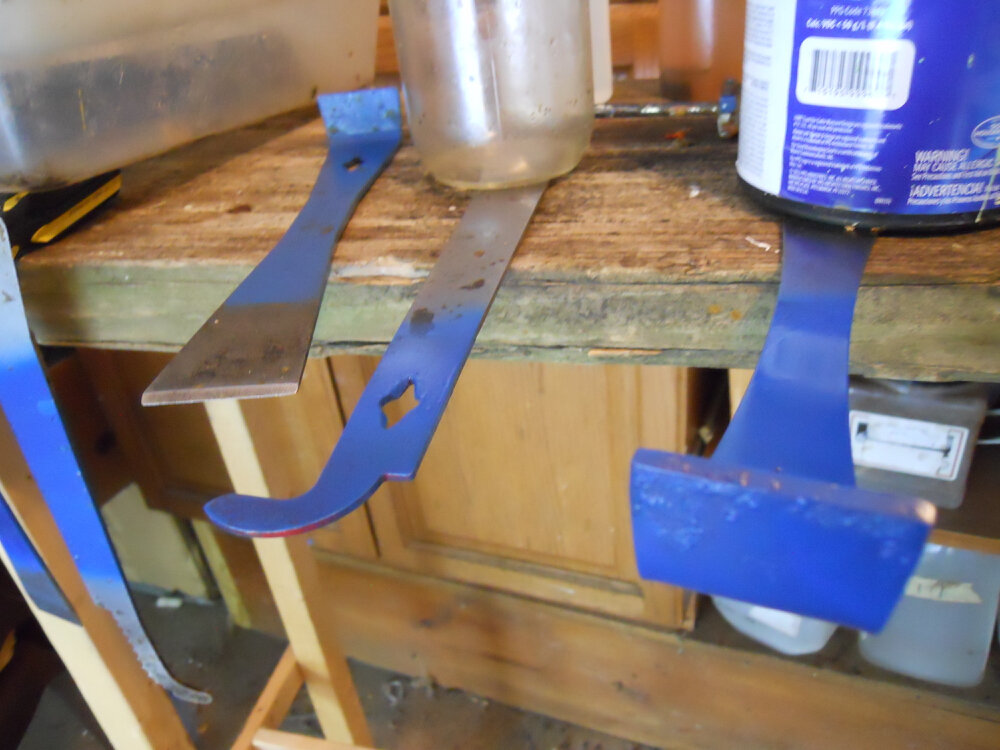Which Side Up?
/The notch on a hive inner cover sits under the outer cover. (Photo by Charlotte Ekker Wiggins)
Which Side Up?
Of all of the things in beekeeping that can confuse new beekeepers - and there’s a healthy list of confusing things - which way the notched inner cover sits on top of the hive is close to the top of the list.
The inner cover is a hive lid that sits under the hive outer cover. It usually has a hole in the center to help bees move air through the hive to keep it cool in summer.
The inner cover notch should be open to the bottom of the inner cover. Not only does that prevent bees from building comb between the lid and inner cover but it serves as a secondary winter entrance. The two-bee space notch gives bees an alternate hive entrance and exit in the event snow blocks the bottom entrance.
During summer, the notch helps with ventilating the hive so bees don’t overheat.
The inner cover notch can serve as a top hive entrance. (Photo by Charlotte Ekker Wiggins)
Some inner covers are made without notches. If you don’t have one, you can easily make one by removing a half inch of the inner cover border to create a notch.
Without the notch, bees may die caught between the lid and inner cover. (Photo by Charlotte Ekker Wiggins)
Without a top notch, bees can get caught between the inner cover and the lid and die.
Yes, they may still have access through the inner cover center hole to move back down into the hive but some don’t make it.
For more tips on beekeeping including how to start, get a copy of “A Beekeeper’s Diary Self-Guide to Beekeeping 2nd Edition.”


















